It’s the 6th of May, 2015. A new racing game bursts onto the scene, and an already established and steadily growing community of excited racers is eager to ignite a fresh success story. Project CARS, as it’s called, is stunning to look at, full of content and full of potential.
10 years, three months, and 18 days later, Project CARS 3 is being delisted, and there will be no sequel. A disappointing conclusion to a turbulent trilogy. One born from passion and remembered fondly by many, but one which would ultimately end in the alienation of a devoted fan base.
With exclusive insight throughout, this is the story of the Project CARS franchise – its rise, demise and everything in between.
Community Assisted Racing Simulator
When Project CARS was unveiled, screenshots showed detailed car models, photorealistic cloud cover and spectacular lighting effects. Considering this was around 2012, it looked sensational.
Having previously developed Need for Speed: Shift and Shift 2: Unleashed, with lineage stretching back to the revered GTR franchise, Slightly Mad Studios (or SMS) wanted to create its own multi-discipline racing game. But studio founder Ian Bell decided to go about things a little differently, looking to bypass traditional publishing methods.
“I came up with the notion of WMD; people investing into the game and getting paid,” Slightly Mad Studios’ co-founder Ian Bell tells Traxion.
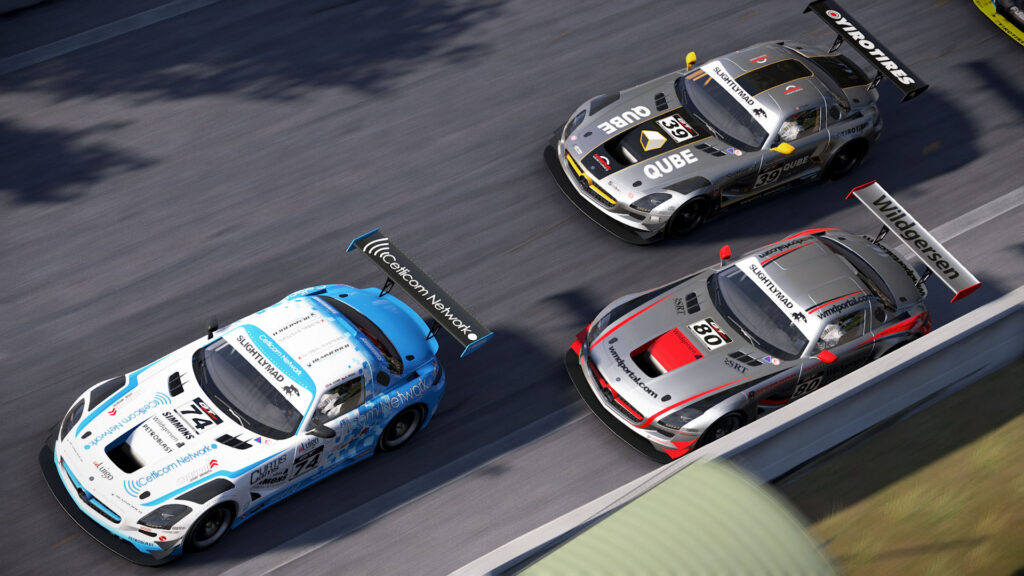
World of Mass Development was an investment portal where anybody (including gamers and sim racers) could sink their hard-earned money into the development of this new racing game. If it was to make a profit eventually, they would earn a share of it, relative to their initial investment.
This approach, directly involving the immediately burgeoning fanbase in the development and success of the game itself, was unique. And it worked.
“We paid everyone three times, more than three times their investment,” says Bell. “They got it back. So instead of giving it to the publisher, we were overjoyed to give to the players. We made some money. They made some money. The publishers that came in because we did it on consoles made some money. Everyone was happy.”
It also meant that when Project CARS (the word “CARS” doubling up as an acronym for “Community Assisted Racing Simulator”) eventually launched in 2015, there was already an avid community of players, many of whom were financially invested, rooting for the title’s success. Perhaps some were also more willing to defend its shortcomings.
A strong start?
Opinions on that first Project CARS title, depend entirely on your perspective.
For hardcore PC-specific sim racers, despite the hyperbole surrounding its launch, this driving experience wasn’t a match for the existing big hitters. Firstly, the physics were too inconsistent. Some lower-powered touring cars and GTs felt reasonable, but the karts and the more powerful, high downforce machinery missed the mark somewhat.
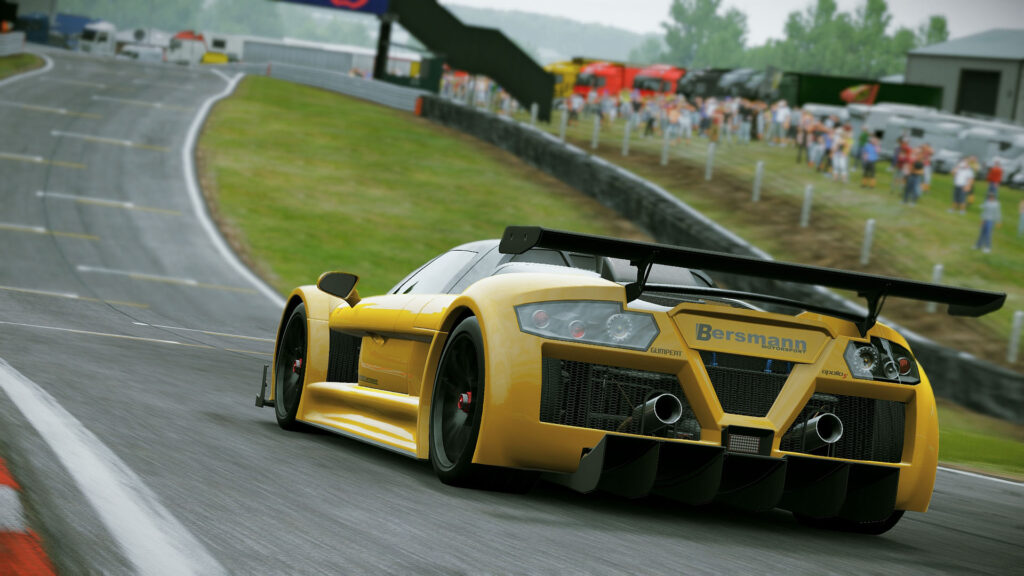
It didn’t feel as natural or as grounded as iRacing, Assetto Corsa or rFactor 2. It wasn’t as ‘realistic’, despite being more realistic than most casual racing games.
And the AI opponents could be pretty dreadful. On a high difficulty level, they are slow on the straights and then carry way more speed through the corners than is physically possible for the player. They railroad you off the track like you’re not there.
Tin-tops aren’t so bad; you can have some door banging without the same consequences. Single-seaters with exposed wheels, on the other hand, are a nightmare.
But this doesn’t tell the full story.
The reality
Hardcore PC sim racers only make up a small percentage of overall racing game fans, and SMS brought this game to both PlayStation 4 and Xbox One consoles. Driving dynamics are, of course important, but there are so many other ingredients that go into making a good racing game for the masses.
Project CARS featured a vast and diverse array of content, blending licensed, unlicensed and fictional elements. The car roster included everything from road and touring cars to prototypes, historics and single-seaters.
Its eclectic track list had icons like Spa, Bathurst, Circuit De La Sarthe and the Nürburgring Nordschleife, fictional recreations of Suzuka and Monaco and niche options such as Cadwell Park and Ruapuna for motorsport enthusiasts. Fictional point-to-point routes like California Highway and Azure Coast live long in the memory.
Online racing was plug-and-play, whether with friends or in organised league events.
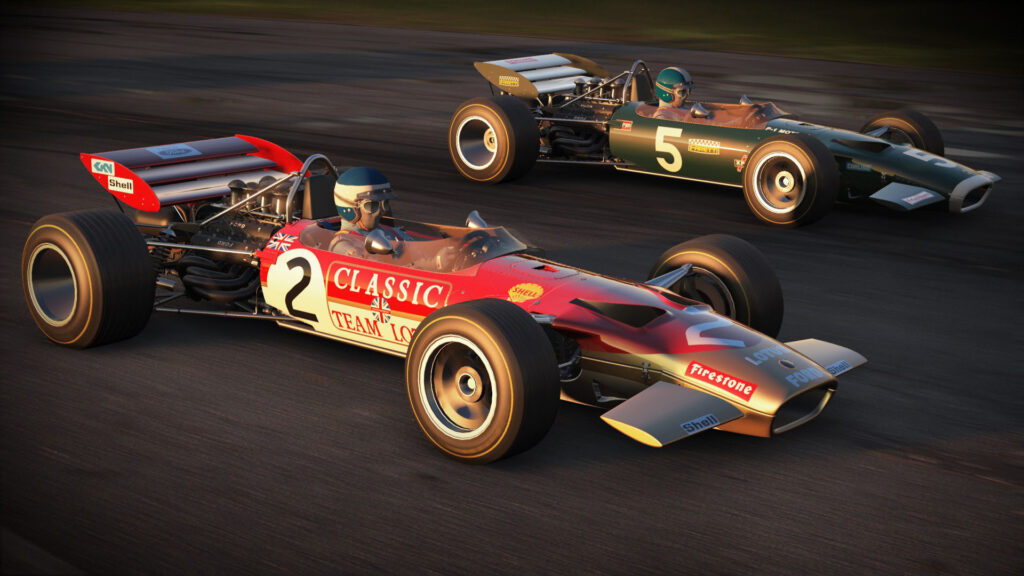
But the single-player career is often cited as one of the biggest plus points. It featured a tier-based progression, as well as a contract system, objectives and collectable accolades. Although in reality, the sheer quantity of invitational events made it a grind for completionists. The AI inconsistency didn’t help either.
Project CARS’ biggest selling point, however, was its spectacular aesthetic. Try to find a more jaw-dropping racing sunset. So many cinematic and showstopping moments were delivered throughout a lap as day-to-night transitions took place.
Add dynamic weather into the mix, with detailed raindrops, puddle build-up and blinding spray, and the visual experience was ahead of its time. It still stuns in 2025.
For anybody who wasn’t playing on the higher difficulty levels and taking the AI racing too seriously, Project CARS was easy to pick up and play, with gorgeous graphics, solid performance, VR, decent handling even on a controller, small loading times, lots of content and an engaging career mode. It wasn’t a sandbox, and it could put a smile on your face quickly.
So, while sim-racers generally viewed it as a sim title with downgraded physics but a better, deeper overall gaming experience, the majority of racing game fans and reviewers lauded it.
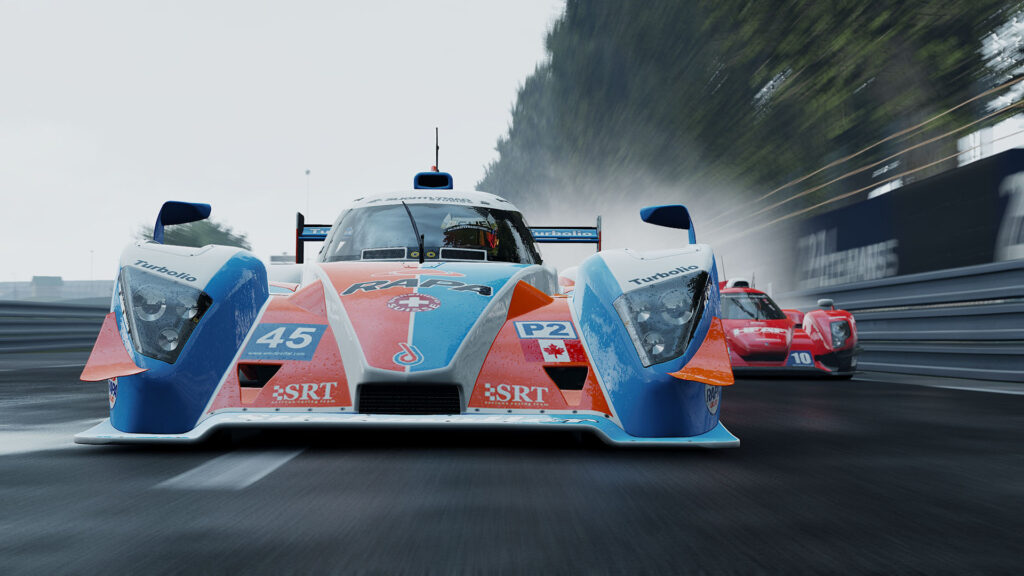
“Deep and demanding but incredibly user-friendly, Project CARS looks great, sounds fantastic, and feels even better. This is real racing done right,” IGN wrote in their review, scoring it 8.9/10.
“To say that Project CARS was made by the fans and for the fans doesn’t quite do it justice,” WorthPlaying.com wrote in an 8.6/10 review.
“Slightly Mad Studios has found a way to make simulation exciting again. Beautiful, bold and varied,” wrote PC Gamer, rating Project CARS 8.3/10.
The average Metacritic score was an impressive 83 out of 100.
After a strong start, it was now time for phase two. But would the development team rush out a tweaked sequel to capitalise on momentum and goodwill, or take its time to deliver something far superior, with improvements across the board?
In reality, it did both.
A worthy sequel
Less than 2 years after the original launch, Project CARS 2 was announced, and it would appear later that same year, on September 22nd, 2017.
From the very start, the sequel felt like a significant step forward. The user interface was altogether more intuitive, with cleaner menus making it easier to navigate.
The car roster expanded in every direction: more cars, new classes and even a new discipline in the form of Rallycross. This, of course, meant new mixed surface venues, on top of numerous new asphalt venues, and the introduction of historic layouts for the likes of Spa, Silverstone, Monza and Hockenheim, along with Rouen-Les-Essarts, increasing the total number of venues twofold.
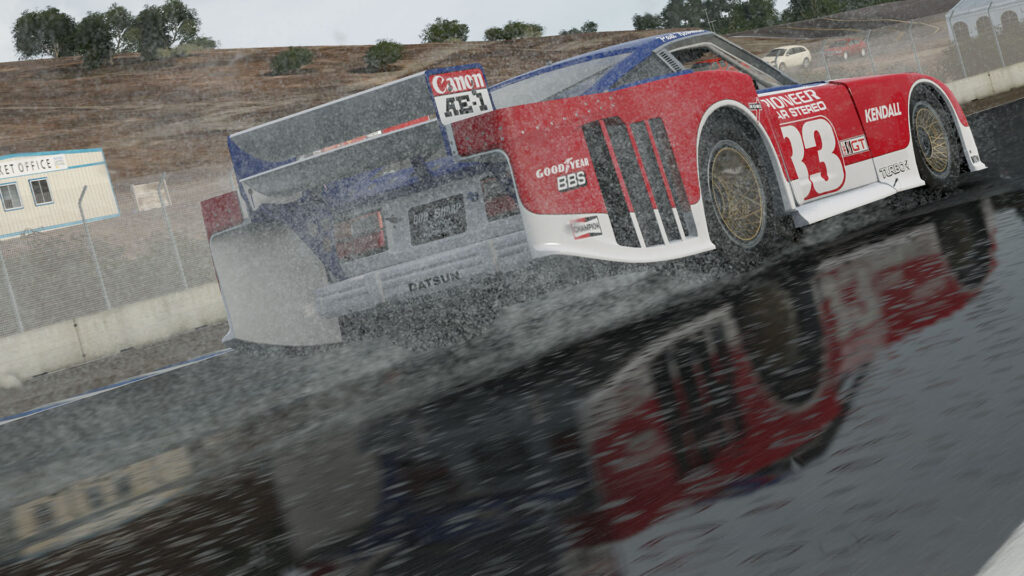
Virtual Reality optimisations made it a leader in that sector, and the weather was even more spectacular this time around, with the impressive dynamic system now including snowfall and even blizzards.
A revamped Career mode retained its premise but added depth with manufacturer affinity, additional tier paths and regional series before each national championship. Invitationals were less invasive, feeling more like additional side quests that could be completed in your own way.
One interesting and innovative feature was the race engineer, which could be found within the car setup menu. For example, if you were struggling with the rear end of the car being a bit loose, you could go into downforce and say ‘I keep spinning out in fast corners,’ and it gives you advice on how to fix this in the setup, such as raising the rear downforce. It’s effectively a setup troubleshooting tool.
On track, the physics had matured, with the cars feeling more grounded, if still somewhat inconsistent across the board. Controller play, incredibly important for a console market, also still felt good for an accessible racing game. The driving feel still couldn’t quite match the purest of sim-focused PC titles, but it was again, right up there for the average player.
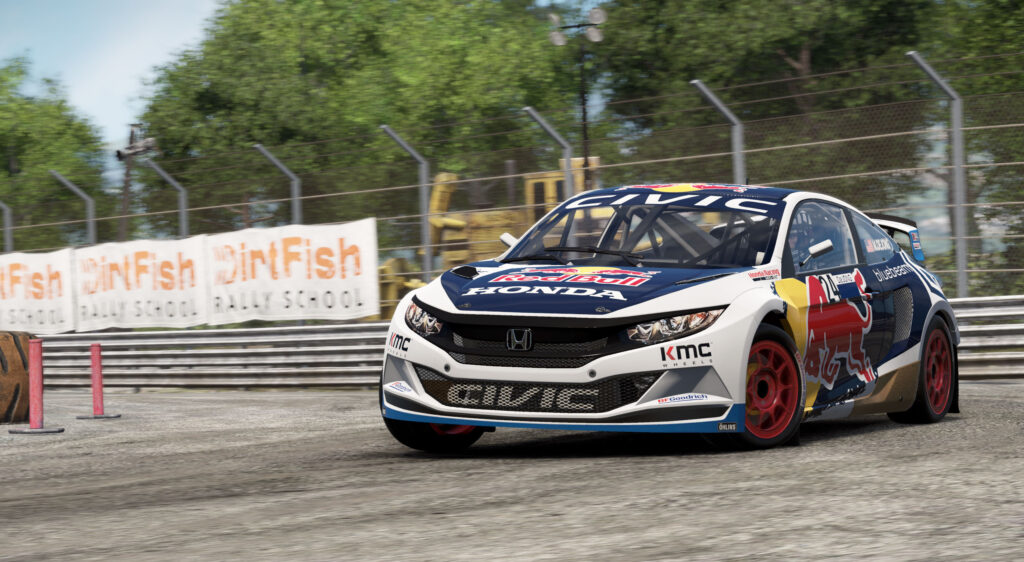
Of course, not everything was rosy. Certain kerbs, especially on corner exits, had this nasty grabbiness that would pull your car in, as if it was a Kielder ditch or a Swedish snowbank.
And despite a largely improved AI experience, featuring an additional aggression level slider and more manageable open-wheeler action rendering inevitable lap 1 restarts a thing of the past, there were still wild swings in opponent performance from one race to the next.
While there were some notable flaws and areas to improve, Project CARS 2 was an otherwise exhaustive and impressive sequel.
A bit of a short PTC monologue about how the first two titles towed a line and did enough for both ‘genres’ of priority (game experience or realism physics) to please a lot of people that were comfortable sitting somewhere in the middle.
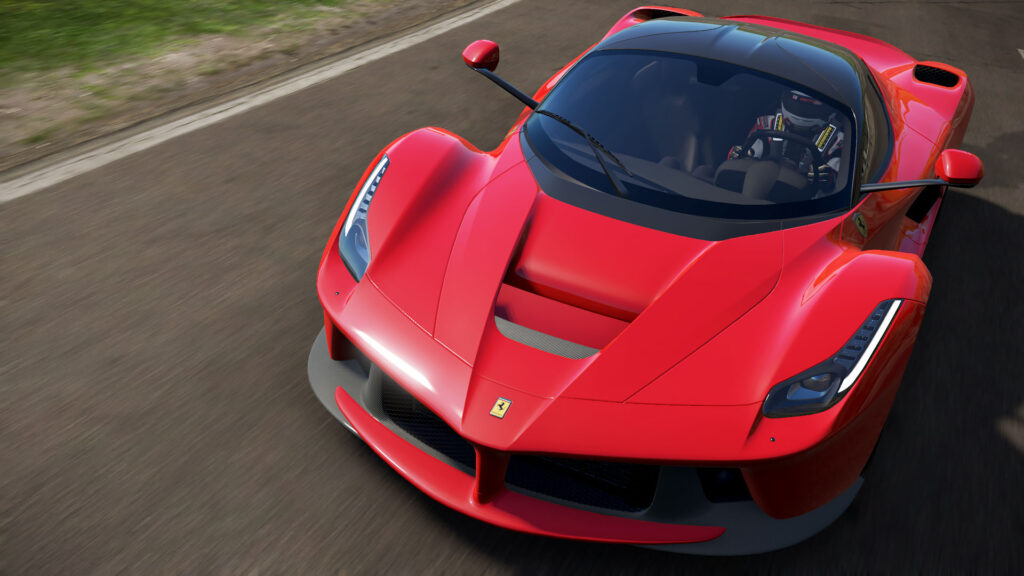
“It was such a complete package. It was all there,” Bell reminisces. “I think what people are seeing now is these bits of games. They’re coming in bits and pieces. It’s not easy. It’s an awful lot of work to have a complete game.”
Both games did a great job of walking the tight rope between a gameplay experience that was focused on fun and a simulation that was focused on the hardcore physics. It found a middle ground that many others have struggled to find, which pleased a lot of people.
“We were very proud of Project CARS 2 for what it is,” says Bell. “I’m never happy with anything. I’m always disappointed in some area. You can’t do everything – you’ll never reach perfection. But that drive and the passion that’s in us because of that drive for perfection is what keeps me going.”
A troublesome trilogy
In June 2020, almost exactly halfway between the franchise’s 2015 launch and the present day, Project CARS 3 was officially announced. And this was when things took a turn for the worse.
The leadup to Project CARS 3 was a busy time for SMS. In 2019, as well as developing the upcoming third instalment, it announced Fast & Furious Crossroads, a racing and RPG hybrid based on the famous film franchise bearing the same name, even featuring the likes of Vin Diesel himself.
It also launched Project CARS PRO, essentially a repackaged, streamlined version of Project CARS 2, designed for public sim-centres and events.
Throw in the acquisition of Slight Mad Studios by Codemasters in November of the same year, and Ian Bell’s MadBox proposal (touted to be SMS’s very own games console that never materialised), and you had at least four major projects and an ownership restructure, all happening at once.
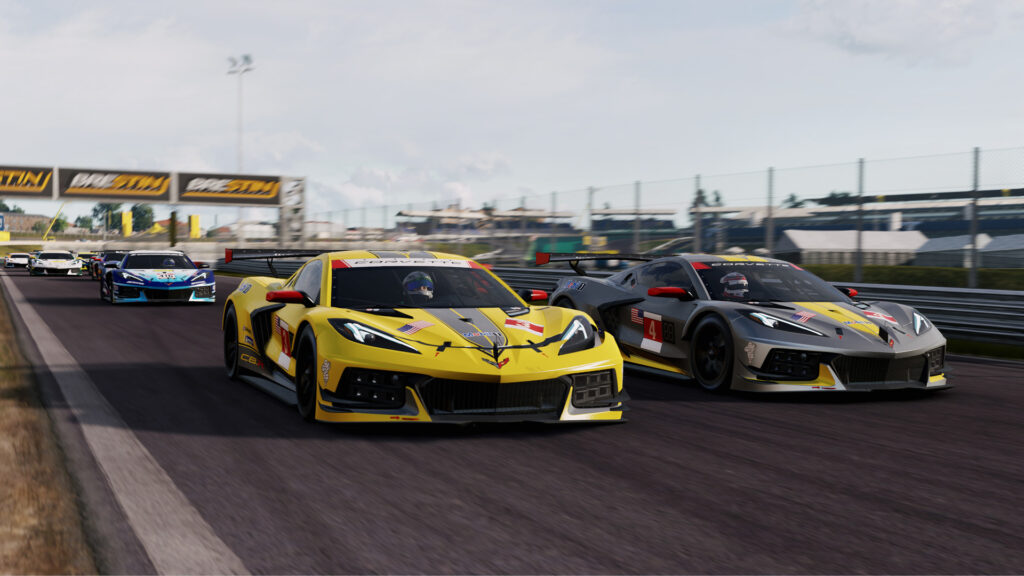
Perhaps, with a relatively diminutive team, it had bitten off more than it could chew.
“You try to ship one game on multiple platforms with a team of around 100 people or less, 75, 80 people. It’s a miracle. That’s absolutely miraculous. Get all three shipping at the same time. It’s a small miracle. Double that with two completely different games with the same-sized team shipping within a month of each other. No one’s done it in history.”
The Covid-19 pandemic at the turn of the decade certainly didn’t make things easier for the thinly stretched studio. But the real damage was caused by a paradox of hyperbole.
In a series of now-deleted tweets and GTPlanet forum posts, reported on multiple reputable racing game outlets at the time, Ian Bell initially claimed that Project CARS 3 would be a spiritual successor to Need for Speed Shift, focusing on bringing fun back to sim racing. It was to be a revolution, a gamechanger.
The choice of language left many fans of the existing project CARS titles concerned. Was this still a realism-focused racing game like the others, or a new, more casual racing alternative?
Bell not only reassured those players, stating that “fun would not be at the expense of a deep physics system” and SMS would “really go to town on sim goodness”. He went one step further, claiming this game was “at least 200% better already,” likely referring to Project CARS 2, given the overall context of the flurry of tweets.
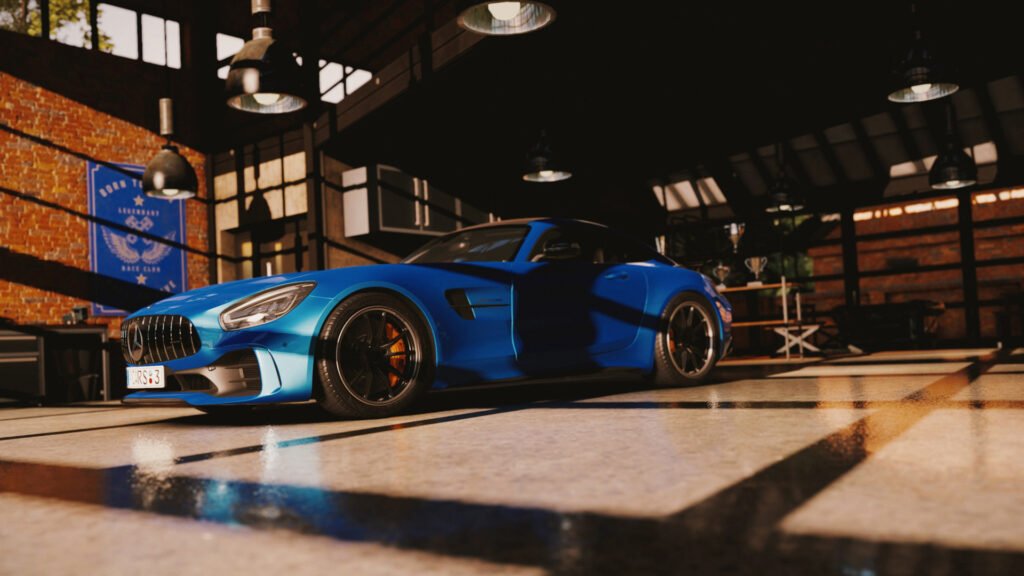
Sceptical sim racers and existing fans were expecting a step forward and a better sim than its predecessor, while casual racing game fans were expecting a more fun-focused overall gaming experience on top of that. In reality, the game disappointed on both fronts.
This was nothing like Project CARS 1 or 2 in the physics department. The driving was clearly geared towards casual players on a controller, looking to slide their way around the circuits in a fashion more akin to an older GRID title, Forza, or Need for Speed Shift.
It was about the sense of speed and the quick-fire racing action, not about the realism of the vehicle dynamics or the nuances of strategic motorsport.
While the content was again commendable compared to other simulations, it was lacking when compared to wider-reaching casual racers. And again, while the career mode was a more playful and progression-focused than a traditional sandbox simulator, it didn’t matter to sim racers, because they weren’t the ones playing this game anymore.
Despite the changes to its structure, looking more like a DriveClub alternative with XP, car levelling systems and upgrades, numerous event types and an in-game livery editor, it wasn’t nearly as immersive a gaming experience as Forza Horizon or Gran Turismo.
Regardless of the outlandish and dishevelled marketing strategy, behind closed doors at least, SMS was aware that its initial vision for an authentic numbered successor wasn’t going to be realised with this game.
“There were going to be open-world elements as well as circuits”
“We knew it wasn’t going to be what we wanted,” says Bell, adding that he wanted it to be “sold as a Forza Horizon simcade” called Project CARS Sideways rather than Project CARS 3.
“There were going to be open-world elements as well as circuits,” he adds. “We were going to take the environments and extend the circuits. That’s easy. Our engine, the Madness Engine, worked very well for large open areas.”
You could say this game was a simple case of mistaken identity. If you can view it as a standalone casual racing game, it can still be enjoyable to play. But its shortcomings go beyond its identity crisis. The game looks tangibly worse than its predecessor, with low-fidelity cockpits and fuzzy weather effects. There’s an overall lack of polish and sharpness.
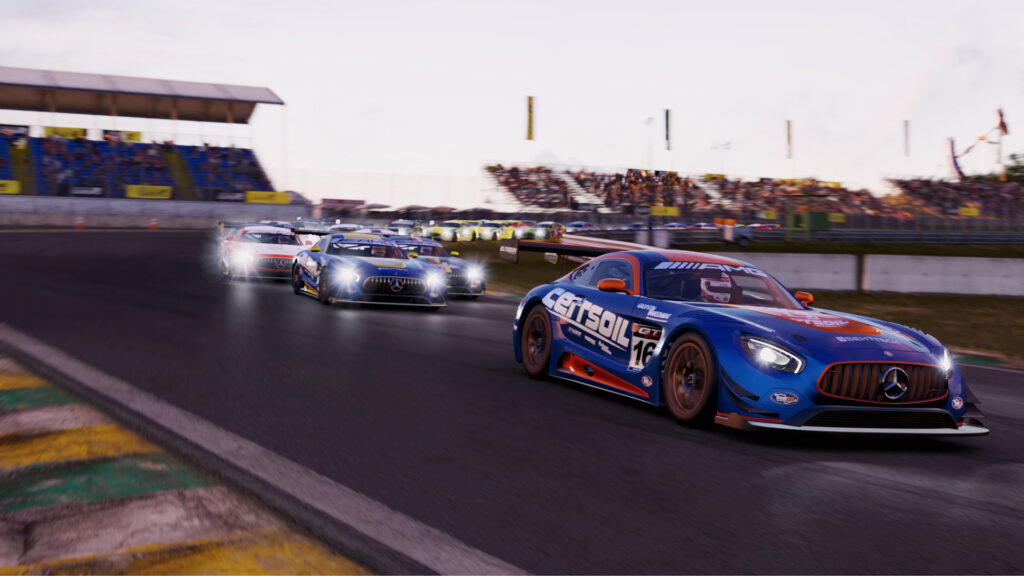
AI opponents were still inconsistent, features like multiclass racing, pitstops, fuel consumption and tyre wear were removed, and harsh track limits penalties for crossing a line or tapping a wall would cause bizarre slowdowns or lap invalidations that felt completely at odds with the fun-first door-to-door racing action.
It was an incohesive, misrepresented and ultimately rushed product, which would have been a blot on the Project CARS copybook on its own, but was made much worse by the grandiose statements ahead of its launch.
Launching just a few weeks later, the disastrous Fast & Furious Crossroads didn’t help Slightly Mad Studio’s reputation either. IGN called it one short, shallow, and a disappointment in almost every department, giving it a 4 out of 10.
It averaged a Metacritic score of just 35 out of 100. And while Project CARS 3 was also a big downgrade from its predecessors, going from an 83 and an 82 to a 70, what really stands out is its user score of just 4 out of 10. The reviews saw it as a relative disappointment, but the existing community had taken it personally.
The aftermath
The task of rebuilding trust and reputation now rested on Project CARS 4, but SMS was seemingly still juggling too many balls.
Alongside the development and launch of a forgettable free-to-play mobile spin-off, Project CARS GO, there were structural changes aplenty.
Codemasters had been acquired by Electronic Arts for an estimated $1.2 billion in February 2021, meaning Slightly Mad Studios were now under its ownership. And the previous relationship between SMS and EA had ended on frosty terms following Shift 2: Unleashed.
“We had just been shafted by Electronic Arts,” Bell explains. “They put us on a system where I couldn’t arrange any work after Shift 2.”
Less than a year later, with Project CARS 4’s development well underway, Bell left Slightly Mad Studios.
“Whatever Project CARS 4 would have been, my remit, and it came just at a point where I had had enough and left…it was a hardcore sim. It was going back to Project CARS 2 and moving it forward,” says Bell.
Unfortunately, as it turned out, this redemption attempt would never see the light of day. In November 2022, EA withdrew investment for the franchise, halting all development. A year later, the first two games were delisted, and in late August 2025, Project CARS 3 was too.
But the story doesn’t end here.
The spiritual successor
After a period of gardening leave, Ian Bell returned to the racing game industry in late 2022. He no longer owned any of the rights to Slightly Mad Studios or the Project CARS franchise – that was all still with EA, going through a controlled shutdown.
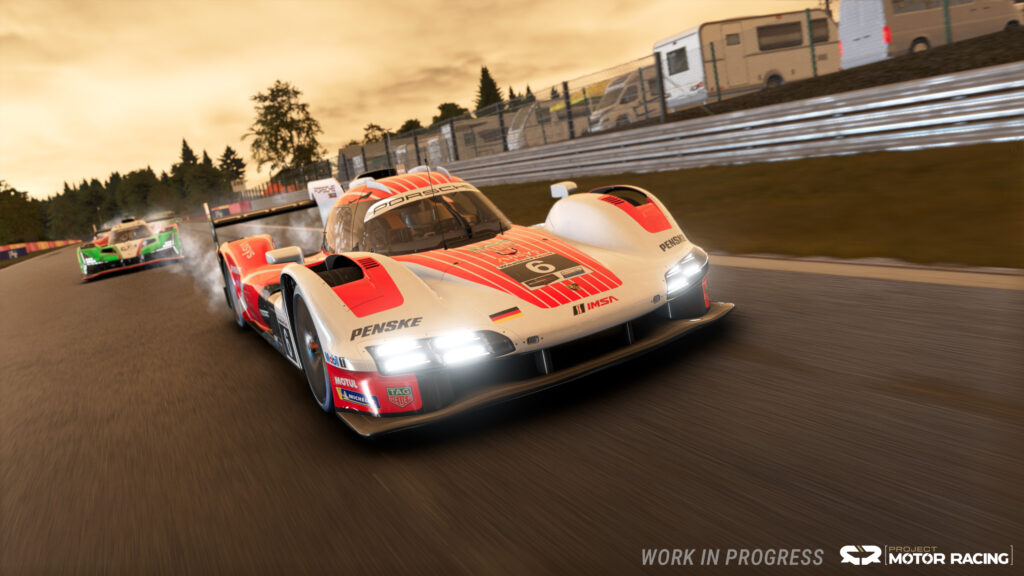
Instead, he founded a new studio, going by the name of Straight4, rehired many members of the original SMS team, and they set to work, combining elements from the legendary GTR franchise and Project CARS to create a true spiritual successor.
“It’s Project CARS 2, come GTR2 into the modern day with the very best code that we can write and the best art that we can create,” says Bell.
The clue is in the title. Project Motor Racing, set for release on November 25th 2025, promises to be the game that Project Cars 3 arguably should have been, and Project Cars 4 might have been. But hard lessons from history should be heeded. The scars are still somewhat fresh, and until we get our hands on the finished game, we’re remaining both sceptical and cautiously optimistic.
What are your memories of the Project CARS franchise and are you looking forward to Project Motor Racing? Let us know in the comments below.
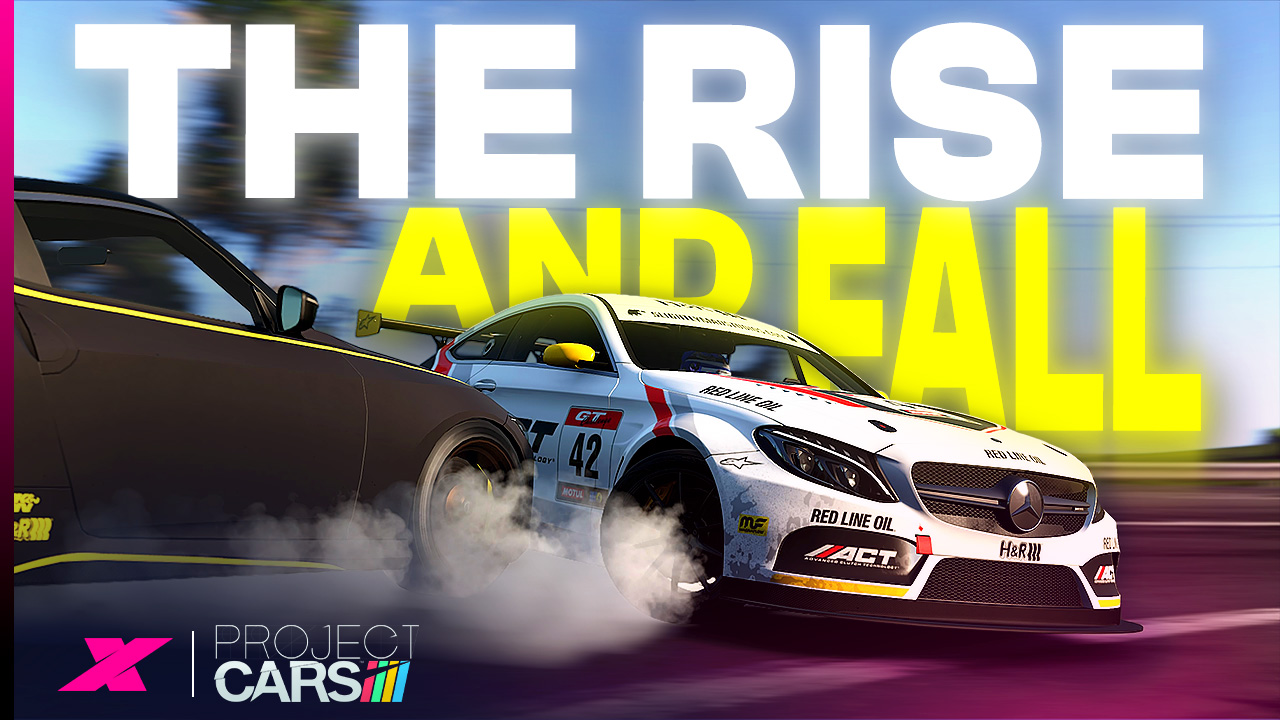





Chat with the Community
Sign Up To CommentIt's completely Free